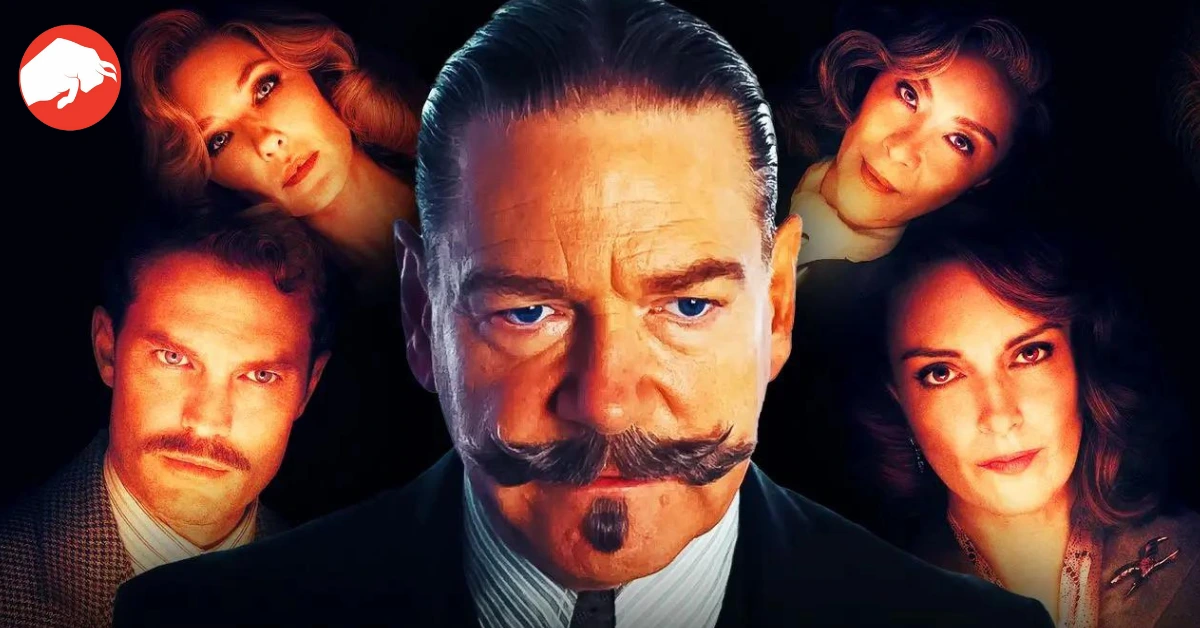Director Kenneth Branagh’s third installment in the Hercule Poirot film series, A Haunting in Venice, brings the famed detective back, this time in a post-World War II setting. The visually captivating film takes viewers on a haunting journey set against the backdrop of the beautiful and evocative city of Venice. Renowned cinematographer Haris Zambarloukos teamed up once more with Branagh for this thrilling tale, making it their ninth collaboration.
Setting the Stage
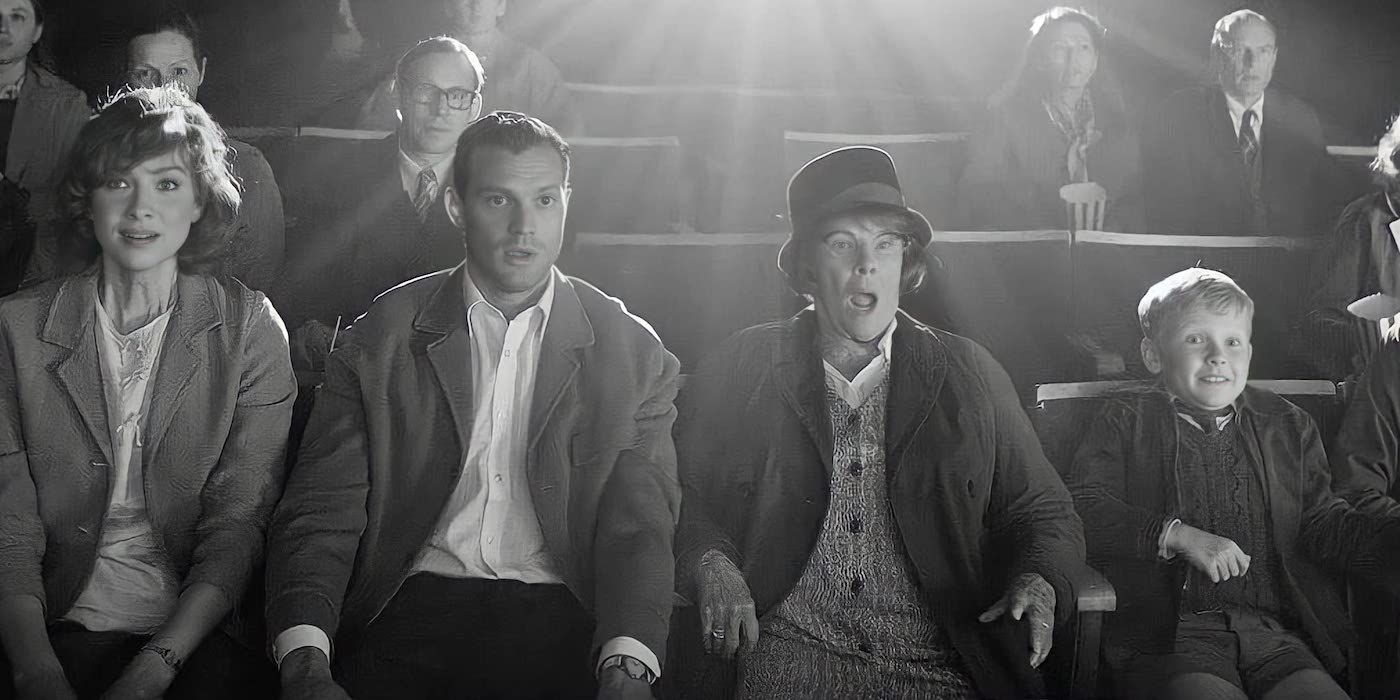
In A Haunting in Venice, Hercule Poirot, played by Branagh, has retired to the scenic Italian city. However, a request from best-selling author Ariadne Oliver (Tina Fey) draws him into a Halloween séance hosted in an old palazzo. The event, intended for connecting with the spirit of an opera singer’s daughter, quickly takes a dark turn when a murder disrupts the evening.
A New Approach to Filming
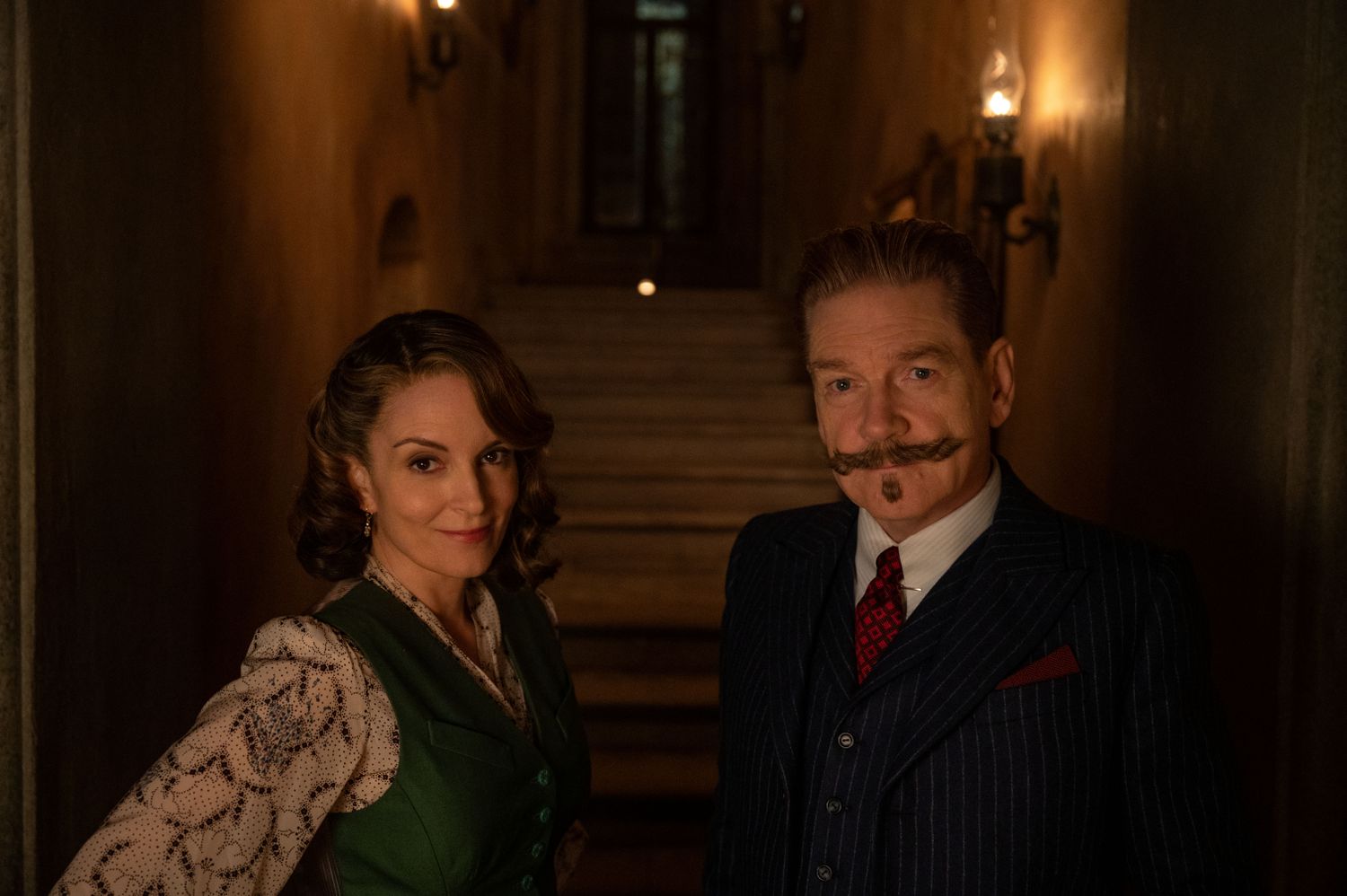
When Collider’s Steve Weintraub sat down with Zambarloukos, the cinematographer shared insights into the making of the film. One significant change was the team’s choice to shoot digitally, a departure from the 70mm film used for the first two movies. The primary reason? Achieving greater clarity and depth, especially in low-light conditions. The Sony Venice 2, with its high sensitivity to light, proved a perfect fit for the filmmakers’ vision.
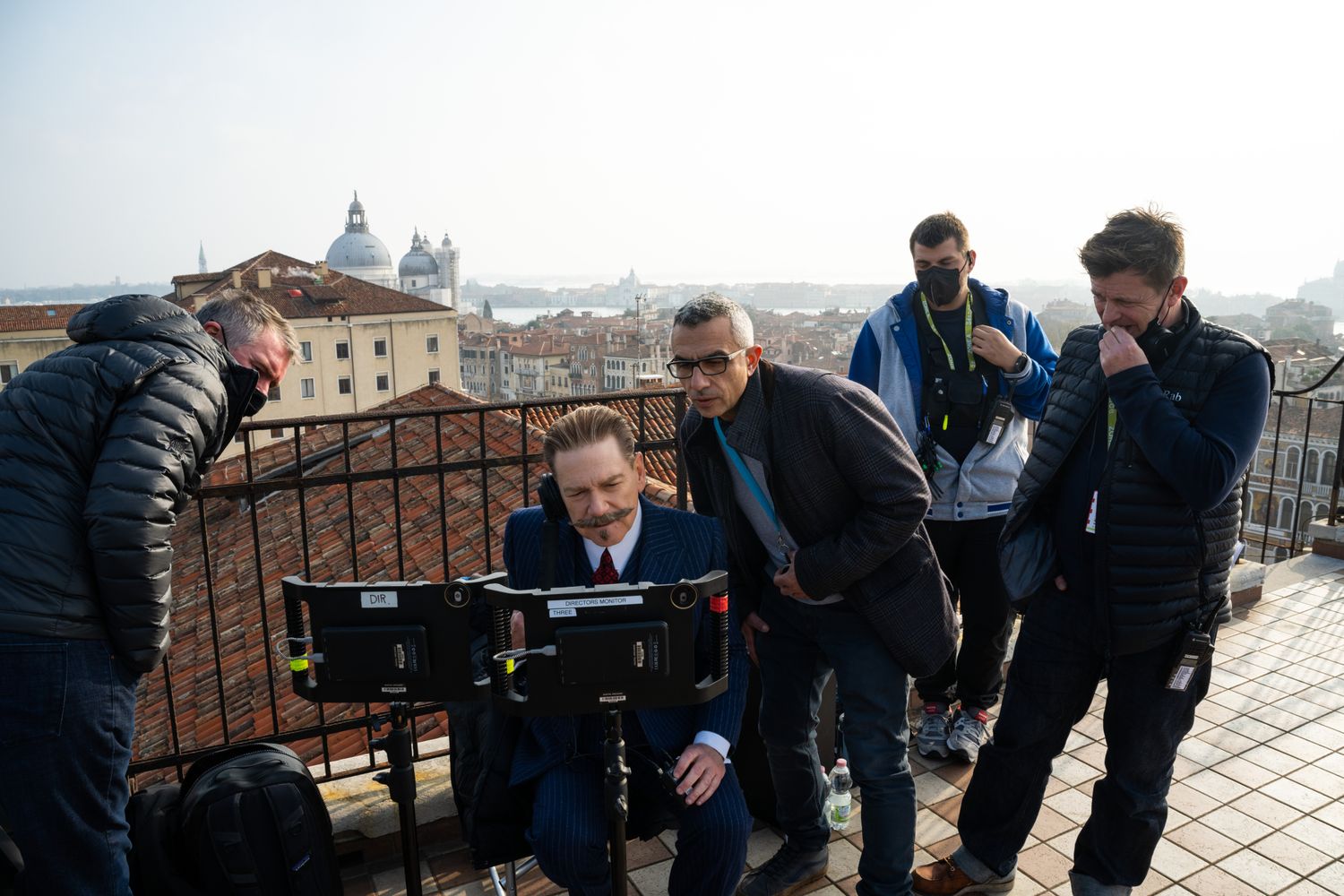
Branagh and Zambarloukos: A Creative Journey
The professional relationship between Branagh and Zambarloukos dates back to their work on Sleuth in 2007. Over the years, their collaboration has been defined by mutual respect, understanding, and a shared commitment to storytelling. Zambarloukos credits Branagh’s infectious generosity and appreciation as driving forces behind their successful partnership.
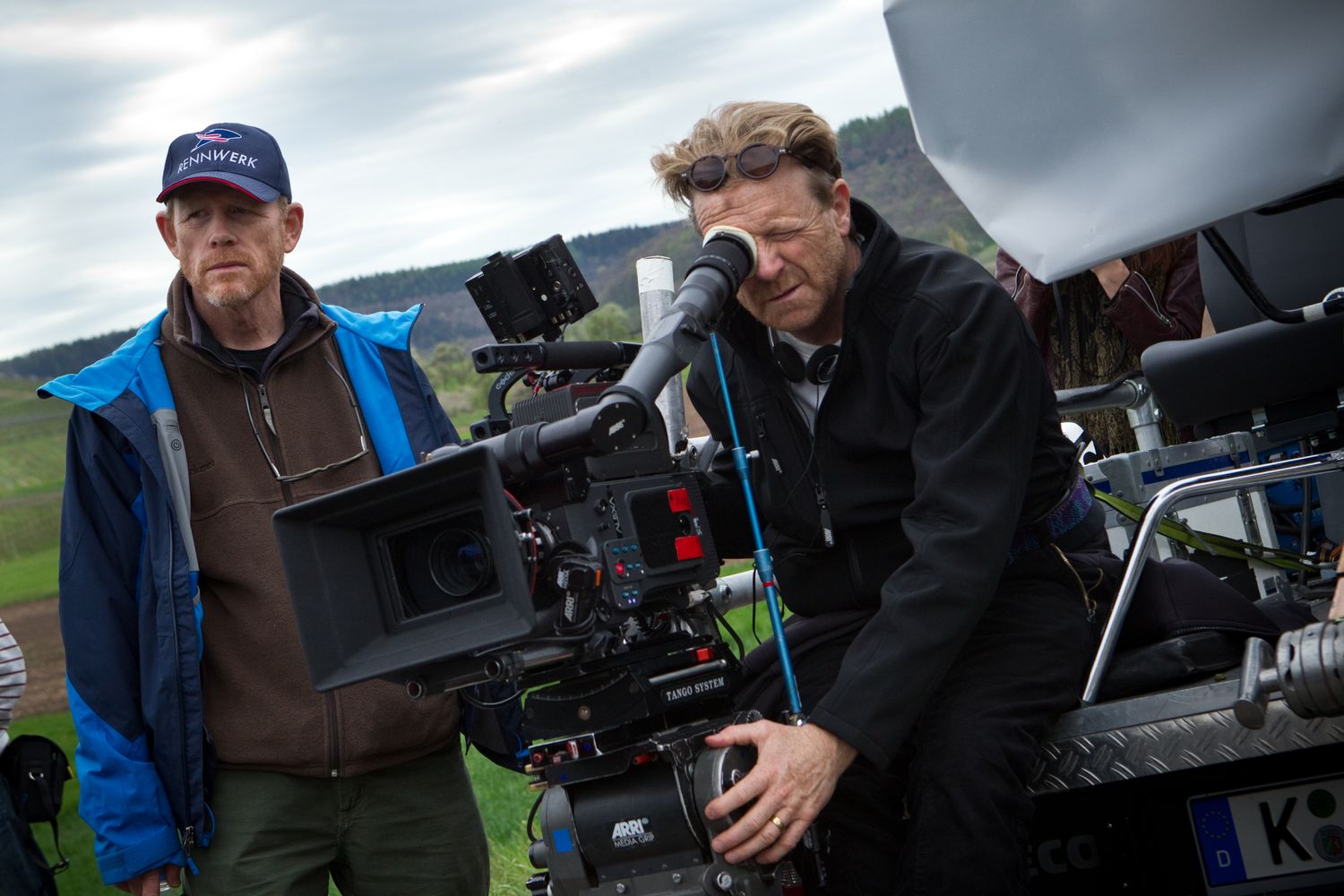
Honoring Agatha Christie’s Legacy
Every Christie novel transports readers into new locales, embracing the essence of travel and discovery. A Haunting in Venice captures a different tone by focusing on the human condition amidst the grim aftermath of war. Zambarloukos describes it as a tale that “haunts” not only the characters but also the viewers.
Celebrating Authentic Filmmaking
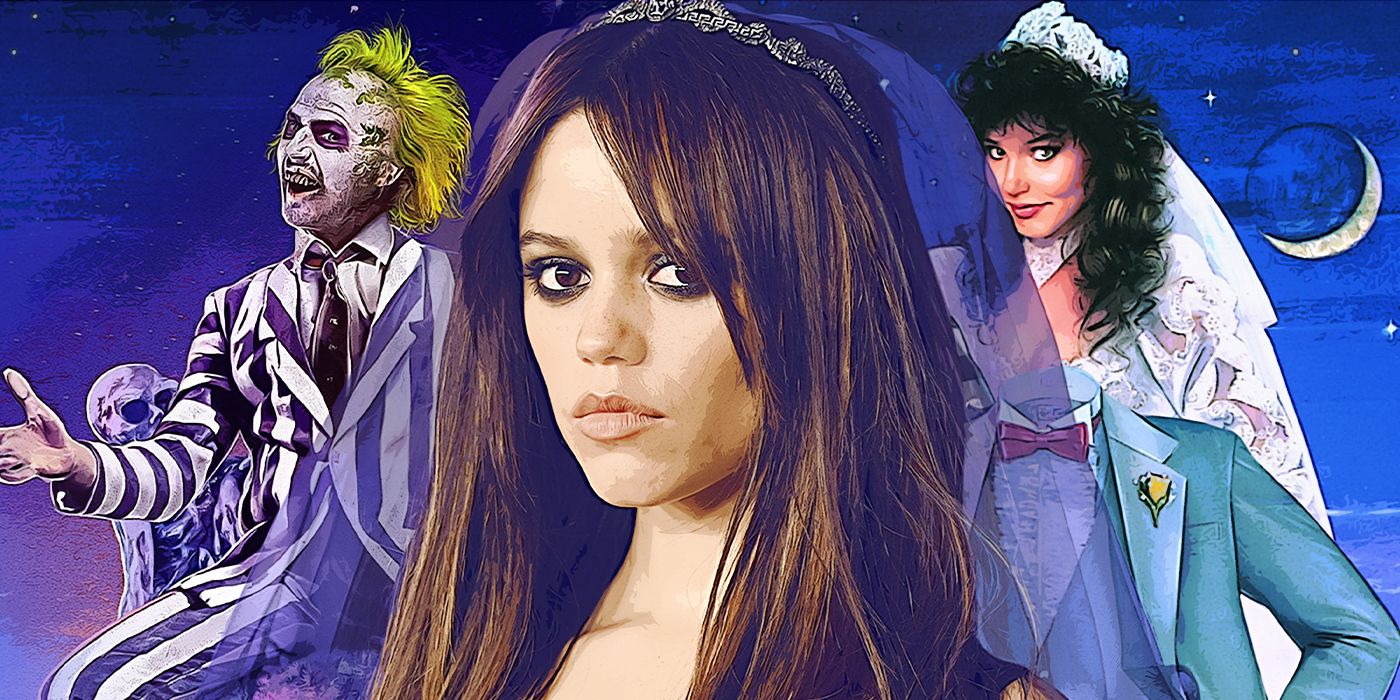
In an era dominated by CGI and green screens, Zambarloukos emphasizes the power of in-camera effects. His belief in authenticity resonates strongly with audiences, as there’s an undeniable difference between a green screen backdrop and actual, tangible sets. He applauds filmmakers like Tim Burton for championing practical techniques, noting that actors and audiences alike respond differently to real versus digital environments.
The Exciting Road Ahead
The collaboration between Zambarloukos and Branagh doesn’t seem to be slowing down. While A Haunting in Venice may have wrapped, audiences can look forward to future projects. Zambarloukos also teased an upcoming collaboration with Tim Burton, hinting at a sequel that promises the same in-camera authenticity that’s become a hallmark of his work.
For now, fans can revel in the haunting beauty and riveting mystery of A Haunting in Venice, now playing in theaters.



